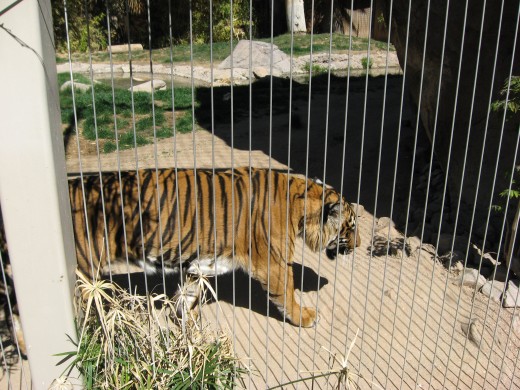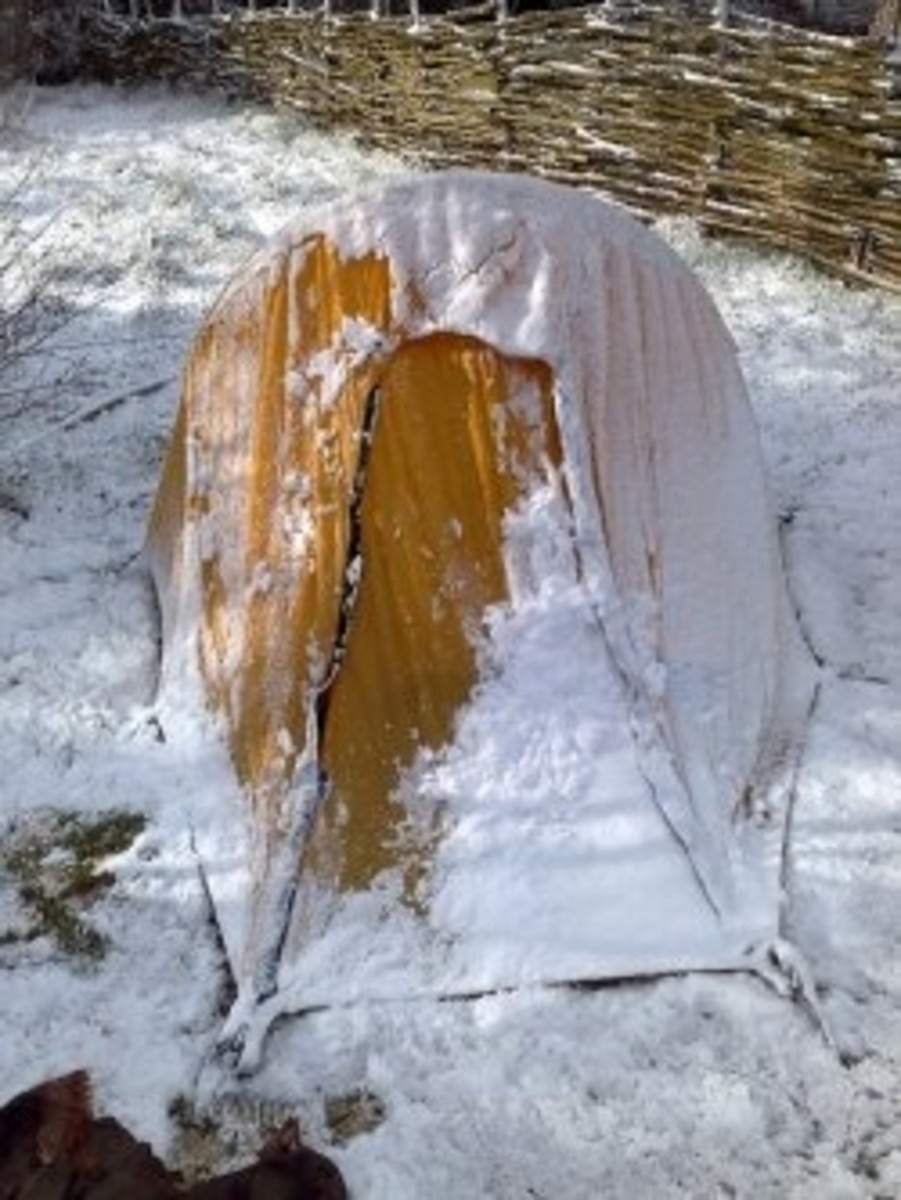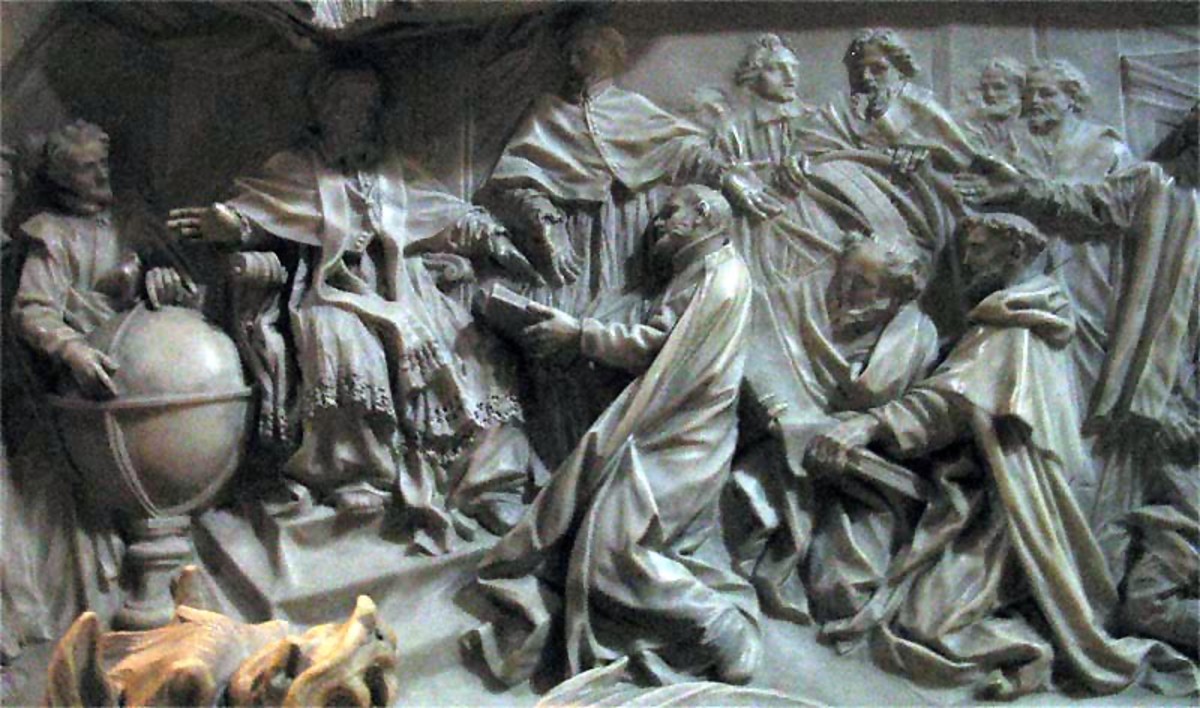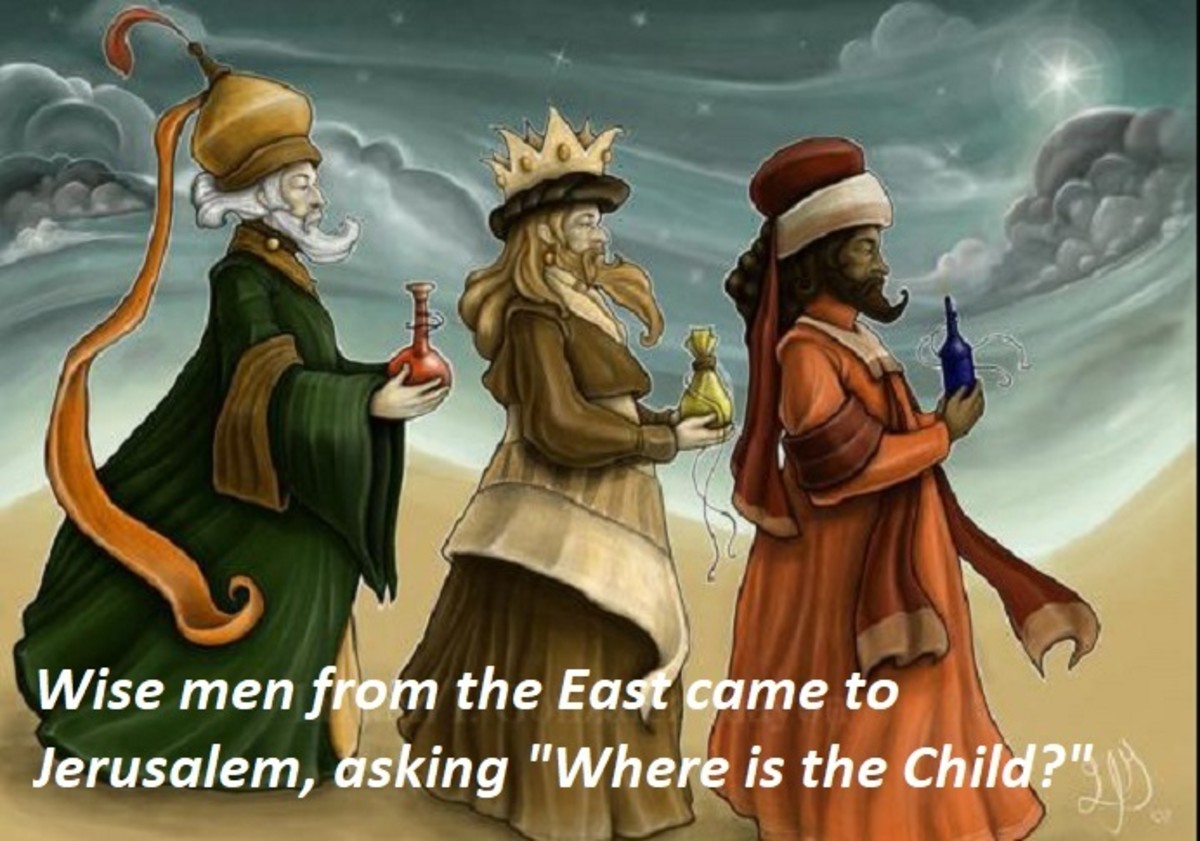Year of the Tiger - Chinese New Year 2010 and Other New Year Observances
Pope Gregory XIII and His Calendar
When we speak of the New Year, the date that comes to most people's minds is January 1st the date that many of the old Roman calendars as well as the modern Gregorian and Julian calendars use as the start of the year.
For civil society most of the world follows the, now common, Gregorian Calendar that was decreed by Pope Gregory XIII in 1582.
The Gregorian Calendar is a solar calendar which uses the Earth's annual rotation around the Sun as its fixed reference point. This calendar is basically an update of the earlier Julian Calendar that was put in place by the Roman Emperor Julius Caesar in 45 BC.
Year of the Tiger

Like the Gregorian Calendar, the Julian Calendar is a solar calendar that attempted to track dates more precisely by tying them to a constant which is the Earth's annual rotation around the Sun.
Unfortunately, while we measure the length of a day based upon the time it takes the earth to make a one complete rotation on its axis and have been able to divide that into a constant 24 hours, the Earth's rotation around around the Sun is slightly more than 365 and one-quarter days.
While it is nearly constant, this extra quarter plus day made the division of a year into days difficult and caused problems for the Julian Calendar over time.
Leap Year Solves the Quarter of a Day Problem
Both the Julian and Gregorian Calendars attempted to adjust for the extra quarter plus portion of a day by adding an extra day to the calendar (Leap Year) periodically, the Gregorian Calendar was created to overcome problems caused by inaccuracy in the Julian Calendar calculations.
Basically, the Gregorian Calendar is more precisely aligned with the Earth's annual rotation thereby keeping the calendar better aligned with the seasons and dates constant over time.
HAPPY NEW YEAR!!

A Common Calendar With a Common Holiday
Humans, of course are social creatures and, as such, both like to get together to celebrate and have fun as well as having a tendency to follow the crowd and do things at the same time as everyone else.
So, what better time to get together and celebrate than the start of a new year? With most of the world using the same calendar, it is a day everyone can celebrate together. Thanks to our ability to transmit television signals around the world instantly, even those who elect to spend the holiday relaxing at home with our family, we can vicariously enjoy the festivities going on in the world around us simply by turning on the TV.
Starting the New Year on January 1st is an Ancient Practice
Just because most of the world uses a common calendar in our secular and civil lives doesn't mean that this is the only calendar we have to use.
After all, a calendar is nothing more than a means of keeping track of time and events based upon some fixed reference point.
While the Gregorian solar calendar works well for most things in life, there are other calendars that serve us better when it comes to various religious and cultural aspects of our lives which are not shared by the world as a whole.
These other, usually more ancient, calendars are often based upon lunar or other cycles and all have their own starting points or date of the New Year.
Pope Gregory XIII's motivation for decreeing the new calendar was keep the dates of the Catholic Church's religious holidays such as Christmas and the feast days of saints all of which fell on specific dates, constant and not float into different seasons.
In doing so, he kept January 1st, the ancient pre-Christian Roman date, as the start of the new year.



Major Churches Start Their Liturgical Year on Different Dates
However, for the Roman Catholic and major Protestant Christian churches, the religious new year is not January 1st (although this is a Holy Day celebrating the Solemnity of Mary, Mother of God in the Roman Catholic Church) according to the Church's liturgical calendar which is the first day of Advent which is the first Sunday following the Feast of St. Andrew which is celebrated on November 30th.
Thus, the date of the start of the New Year in the Church's liturgical calendar varies from year to year but is related to a specific date on the solar calendar.
In the Eastern Orthodox Churches and in many countries of eastern Europe, parts of the Middle East and parts of North Africa, the older Julian Calendar is still used in religious and cultural life.
For the Julian Calendar, like the Gregorian Calendar, the New Year is celebrated on January 1st. However, because of discrepancies in the way dates are determined in these two solar based calendars, January 1st on the Julian Calendar falls on January 14th (in 2010) on the Gregorian Calendar.
Like the Roman Catholic Church, the Orthodox Churches also have a separate liturgical calendar in which their religious New Year begins on September 1st (according to the Julian Calendar).
For the Jewish Calendar the New Year, known as Rosh Hashanah, begins on the first day of Tishrei which is the seventh month of the Jewish Calendar.
According to WikiPedia, Rosh Hashanah is one of 4 Jewish observances referred to as New Year but, because it marks the start of the year for many Jewish civil and religious events, it is usually referred to as the Jewish New Year.
Rosh Hashanah always falls 163 days after the first day of the Jewish holiday of Passover which occurs on the fifteenth day of the Jewish month of Nisan. However, since the Jewish calendar is a lunar/solar calendar rather than a solar calendar like the Gregorian Calendar, both Passover and Rosh Hashanah tend to float in relation to dates on the Gregorian Calendar. Passover usually occurs between mid-March and mid-April and Rosh Hashanah between September 5th and October 5th on the Gregorian Calendar.
(For further discussion on variations between lunar and solar calendars and the determining of days and dates see my Hubs on Why the Date of Easter Changes Each Year, Chinese New Year and Holidays - The Origins of Halloween.)
- Chinese New Year Flowers and Fruit
As the Chinese New Year begins, homes blossom with traditional flowers and fruits. In addition to the decorative and festive effect, the fruits and flowers convey a rich and symbolic message. Each one has a... - Chinese New Year Custom of Lai See Gifts
Lai See is the custom of giving a gift of money in a special red envelope during the New Year's celebration. In the Chinese culture red is a lucky color. Both red and gold (which represents wealth) are...

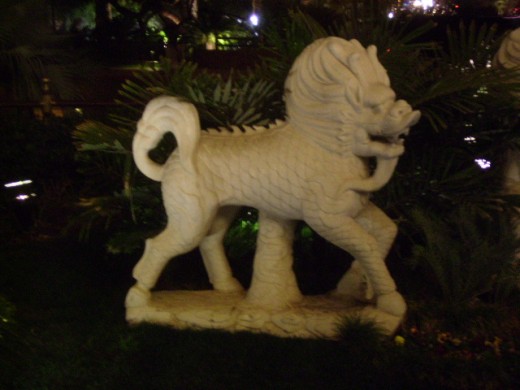

Chinese New Year 2010 - Year of the Tiger
While the start of the liturgical year in Eastern and Western Christianity is pretty much a purely religious observance for Christians and Rosh Hashanah a major religious and social holiday whose observance is generally limited to Jews, there is another New Year celebration that is increasingly being celebrated around the world and that is commonly known as Chinese New Year.
The Chinese New Year is a fifteen day celebration that begins with the first day of the first month of the Chinese calendar. Like many other calendar systems used at various times and places, the Chinese calender relies heavily on the moon in determining months and dates. Because of this, dates in the Chinese calendar do not correspond closely with those of the Gregorian calendar.
The Chinese New Year begins with the new moon and ends fifteen days later with the full moon. The new moon occurs when the un-illuminated or dark side of the moon is facing earth and the moon is not visible in the sky. The full moon occurs fifteen days later as a bright, round circle in the night sky.
While many in China and elsewhere use a system of continuously numbered years from the start of the Yellow Emperor's reign some 4700 years ago, the most common way of referencing years is the traditional twelve year cycle consisting of names of animals in the Chinese zodiac as follows:
Rat
Ox
Tiger
Rabbit
Dragon
Snake
Horse
Sheep
Monkey
Rooster
Dog
Pig
The Chinese year corresponding to the year 2010 (or year 4708 according to Chinese reckoning) will be the Year of the Tiger and will begin on February 14th according to the Gregorian Calendar.
- Chinese New Year 2009 - The Year of the Ox
January 26, 2009 is the beginning of the Chinese New Year celebrations. January 26 is the day in the western Gregorian calendar that marks the beginning the the year of the Ox in the Chinese calendar. As... - Chinese New Year
The New Year's celebration is major celebration in the Chinese year. Preparations begin twenty-two days prior to the New Year and continue for fifteen days. Because the New Year is based upon a lunar (moon)...
The growing importance of China and east Asia in world affairs combined with extensive migration from China and East Asia for the past century and a half, which has given rise to large Chinese and Asian communities in many parts of the world, coupled with growing tourism into and out of East Asia has made the Chinese New Year celebration known and celebrated around the world.
Also, since the Chinese New Year, like the January 1st New Year, is more cultural than religious it is easier for outsiders to join in the festivities. And who doesn't like a good party and a fifteen day one at that?
Of course there are many other religions and ethnic groups that have their own traditional calendars each with it own New Year and associated customs.
A good place to discover many of these is India, a historic crossroads that has become home to many different peoples and groups. Fellow Hubber Cashmere has written an excellent Hub, In India the New Year does NOT start in January, describing these celebrations.
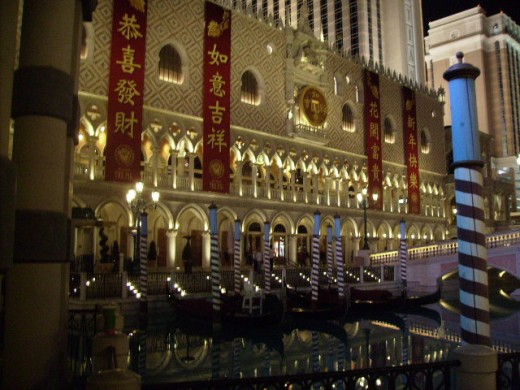
Chinese New Year in Las Vegas




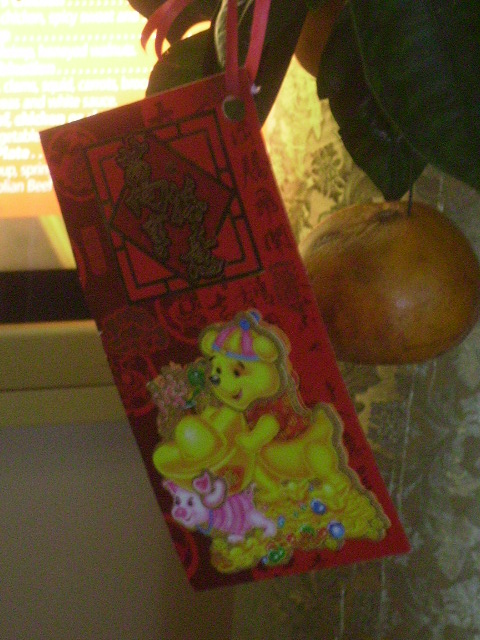

Year of the Tiger
